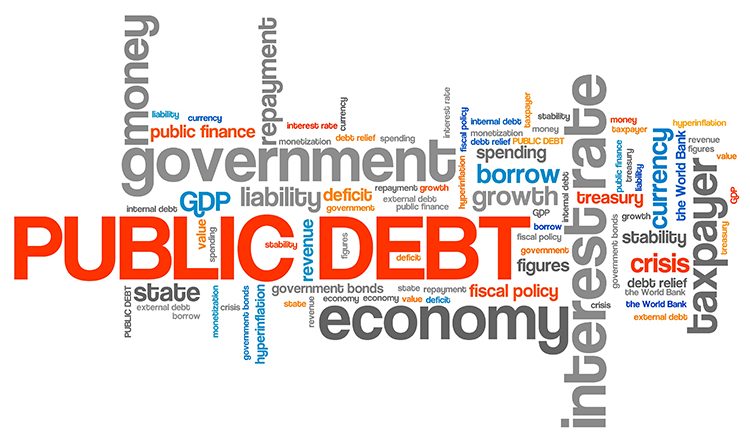KATHMANDU: Nepal’s public debt has reached a staggering Rs 2.384 trillion, witnessing an increase of Rs 162.58 billion in the first half of the current fiscal year, according to data released by the Public Debt Management Office (PDMO).
The surge in government borrowing between mid-July and mid-January has propelled the public debt to constitute 44.3 percent of the country’s Gross Domestic Product (GDP), with the per capita debt surpassing Rs 90,000.
PDMO records highlight a significant shift, indicating that internal borrowings now exceed external borrowings. Nepal’s debt to the foreign sector stands at Rs 1.186 trillion, while domestic borrowing has reached Rs 1.198 trillion.
The PDMO reports a consistent increase in the size of public debt over the past five years. In the fiscal year 2018/19, public debt was only 30.26 percent of Nepal’s GDP, escalating to 38.05 percent the following year.
It further grew to 40.73 percent in 2020/21, 41.50 percent in 2021/22, and 42.73 percent in 2022/23. In the past six months alone, it surged by 1.57 percentage points.
The ballooning public debt is attributed to increased recurrent government expenditure amid slow revenue collection. To meet immediate financial obligations, the government has resorted to substantial borrowing.
In the first half of the current fiscal year, the government collected revenue totaling Rs 518 billion, achieving 77 percent of the revenue target. However, expenditures amounted to Rs 566 billion, resulting in a negative balance of Rs 48 billion in the state treasury.
During the same period, the government allocated Rs 116.58 billion to debt management, covering interest and principal payments. Notably, Rs 39.13 billion was allocated solely to meet interest liabilities.
The expenditure on public debt management significantly outpaced the amount allocated for development projects. The government spent only Rs 49.23 billion on capital expenditure during this period, equivalent to 42 percent of the funds allocated for public debt servicing.
The fiscal challenges indicate a need for sustainable financial management to maintain a balance between borrowing and development expenditures.

